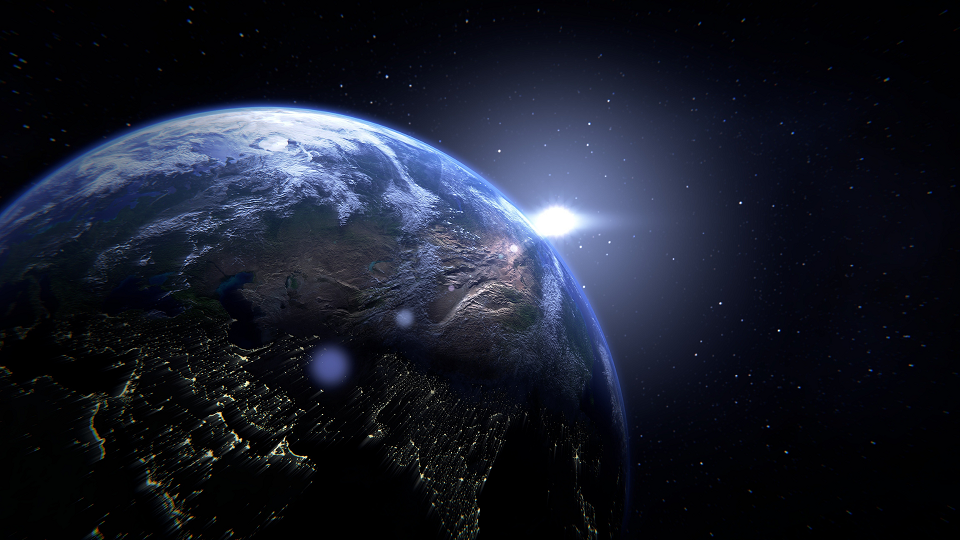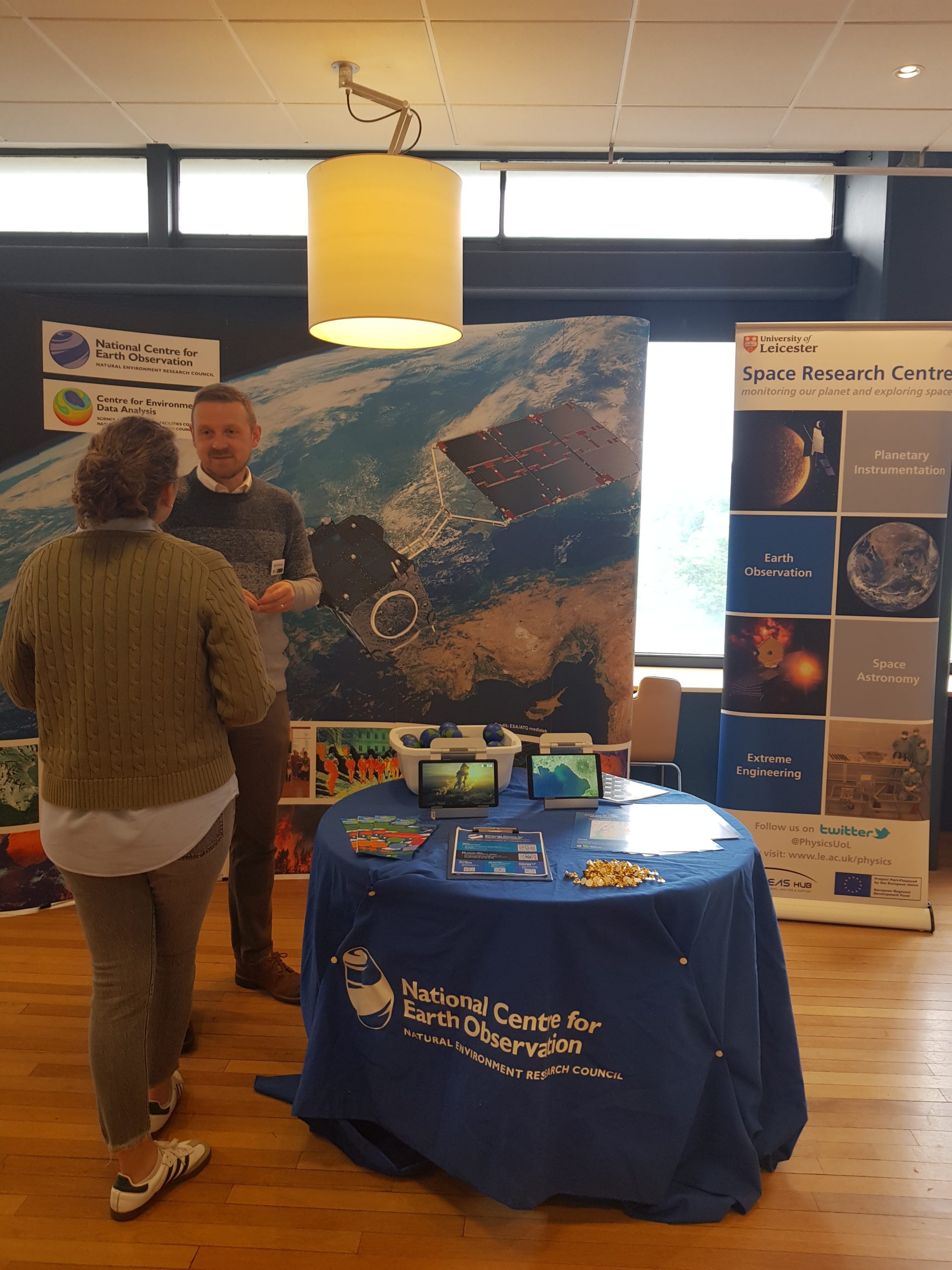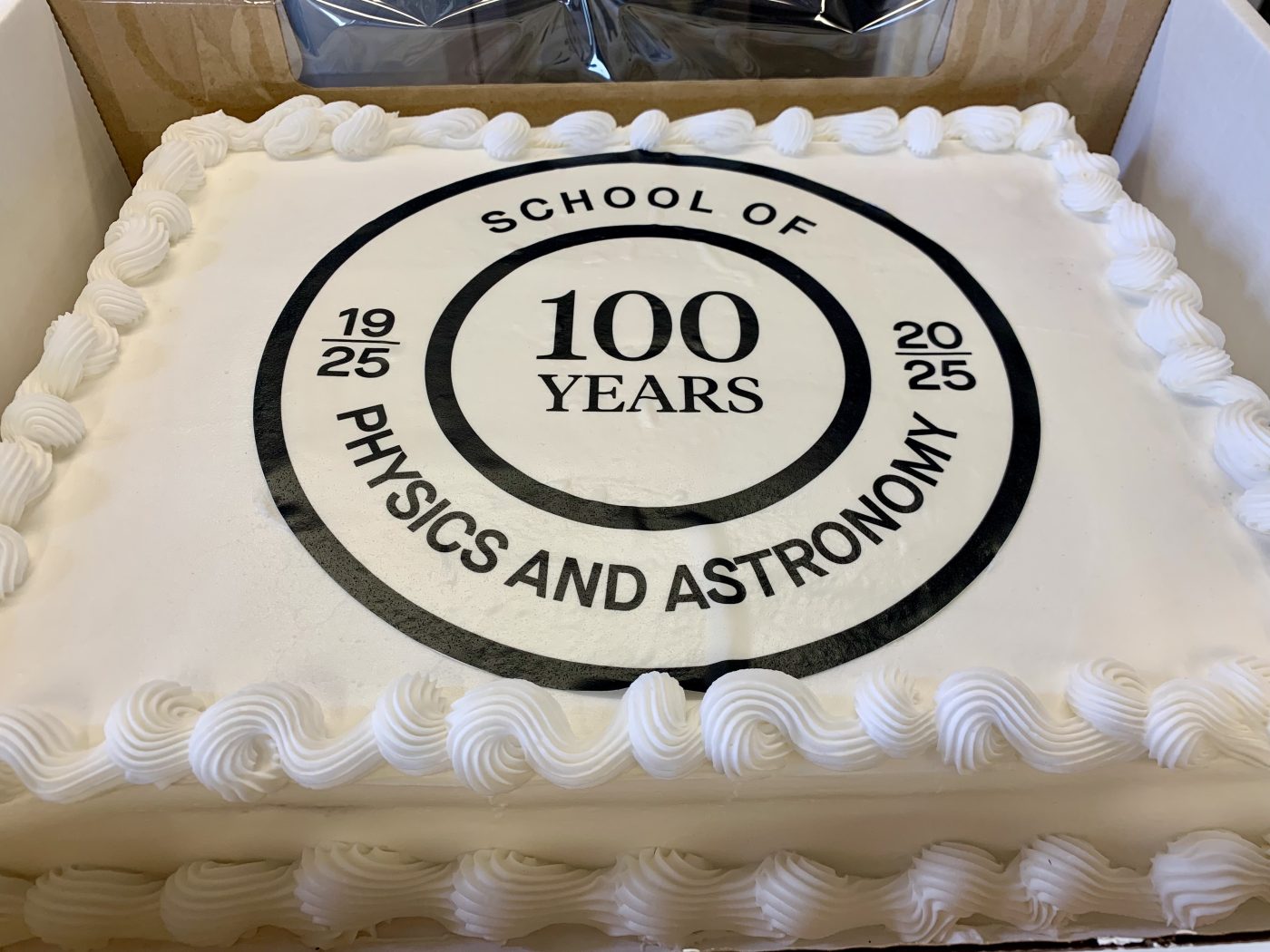
News and Media

100 years of Physics at the University of Leicester

On the 24th of May, NCEO ran a stand at the University of Leicester Physics and Astronomy Centenary! Celebrating 100 years of Physics and Astronomy at the University by bringing former students back to campus. The department was first established in 1925, and Saturday saw around 400 alumni attend the celebrations. From thermal cameras showing us how satellites capture sea surface temperatures to drone shows, the centenary certainly showed off how far Leicester’s technical capabilities have come.
Dr David Moore, NCEO Scientist had this to say about the event:
I found it a really enjoyable day re-connecting with alumni and discussing with them the impactful work we’re carrying out within NCEO at Leicester. It was a great way to celebrate and reflect upon just how far monitoring the Earth from space has progressed in the couple of decades I’ve worked in the field.”
There has been at least one piece of Leicester-built equipment operating in space every year since 1967. Today in 2025, there are ten working instruments in space that UoL scientists help to build. The Physics department was established shortly after the University opened in 1921, long before any human-made object left this planet!

Along the way the University has built a world-class reputation in space science, planetary science, astrophysics and Earth Observation. NCEO are proud to be part of this rich history. Earth Observation research at Leicester started in 1993, which has now expanded into a research group of six academics led by Dr Josh Vande Hey and Professor John Remedios as Director of the National Centre for Earth Observation.
The originally Leicester-led Along Track Scanning Radiometers for research from space have since become the Sentinel-3 operations instruments providing temperature every day to the world. The group now specialises in land surface temperature and aerosols as Essential Climate Variables, air quality and fires. Our scientists latest research has included greenhouse gas emissions from wetlands, coal mines, landfills and the Nordstream pipeline explosions. In 2025, Leicester is supporting three new Earth Observation Satellites: ESA’s Biomass mission, and the CNES-UKSA Microcarb satellite.

The Centenary celebration day was exciting and inspiring for everyone who attended. We are hoping the day inspired prospective students to explore opportunities in Earth Observation and take inspiration from the pioneering students at Leicester over the last 100 years.
Share this article



Published by Rose Meadows
Outreach Officer
University of Leicester
Latest News and Events


